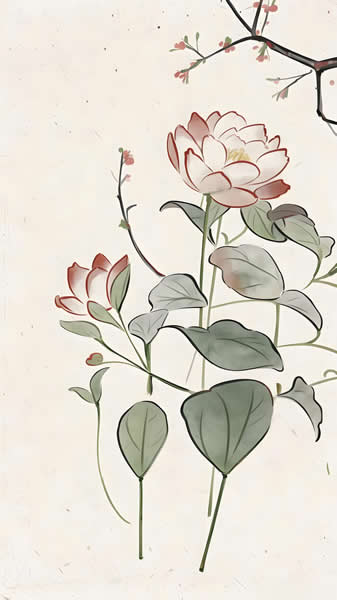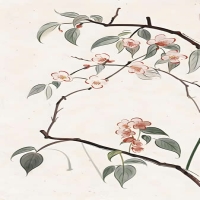风水学中的水作为传统风水理论中的核心元素,自古以来就被视为财富、运势和生命力的象征。在风水学中,水不仅代表实际的河流、湖泊或喷泉,还象征着流动的能量(气),它能够直接影响居住环境的和谐与居住者的财运、健康及整体运势。风水学中的水讲究“藏风聚气”,水的布局和流向被认为能够吸引和积累正能量,从而提升家庭和个人的福祉。
风水学中的水强调水的方位和形状对家居风水的重要性。根据传统风水理论,水应该放置在吉位,例如家中的财位(通常位于大门的对角线位置),以增强财富运势。水的形状也很关键:流动的水,如喷泉或鱼缸,被认为比静止的水更具活力,能够促进气的流动,带来生机和繁荣。风水学中的水也警告避免水的负面布局,例如水直接冲向大门或卧室,这可能导致财运流失或健康问题。在实践中,许多风水大师建议使用圆形或弯曲的水体,以象征财富的循环和积累,而不是直线或尖锐的形状,这可能引发冲突或压力。

风水学中的水延伸到室内和室外环境的整合。在住宅设计中, incorporating water features such as small ponds, fountains, or even aquariums can create a balanced and harmonious atmosphere. 风水学中的水认为,这些水元素不仅美化空间,还能调节室内湿度 and improve air quality, which in turn supports physical well-being. For instance, placing a water feature in the living room or garden can attract positive chi and enhance social relationships and career opportunities. Moreover, the color and material of water containers are also considered in风水学中的水; blue or black containers are often preferred as they represent water element and can amplify its effects.

风水学中的水还涉及水的清洁和维护。 stagnant or dirty water is viewed as a source of negative energy, leading to misfortune or illness. Therefore, regular cleaning and ensuring water is fresh and flowing are essential practices in风水学中的水. This aligns with the broader principle of maintaining balance and purity in one's environment to foster good fortune.
In modern applications,风水学中的水 has evolved to include urban planning and architecture, where water features are integrated into buildings and public spaces to promote sustainability and well-being. By understanding and applying the principles of风水学中的水, individuals can create environments that not only look aesthetically pleasing but also support long-term prosperity and happiness.




 相关阅读
相关阅读













